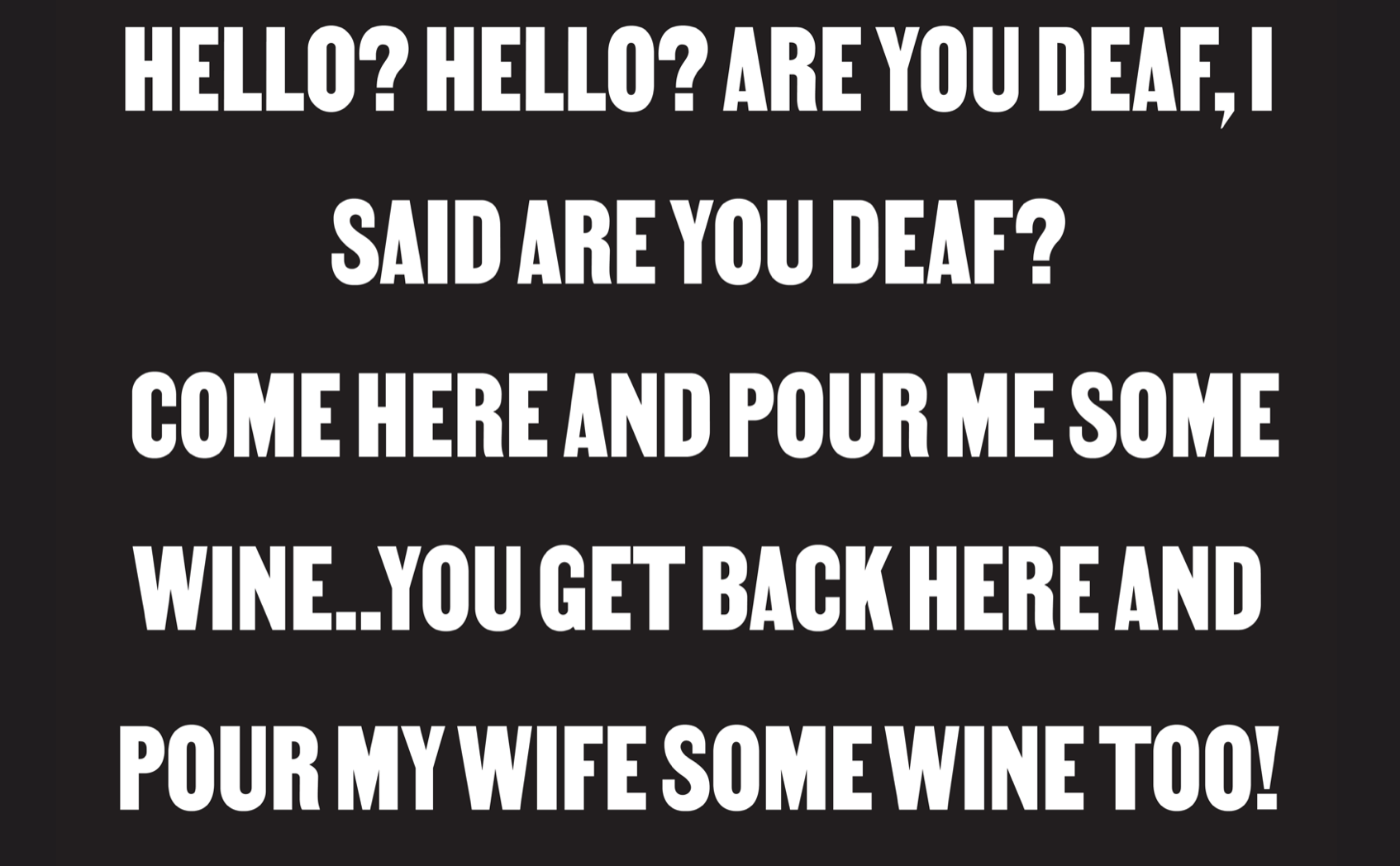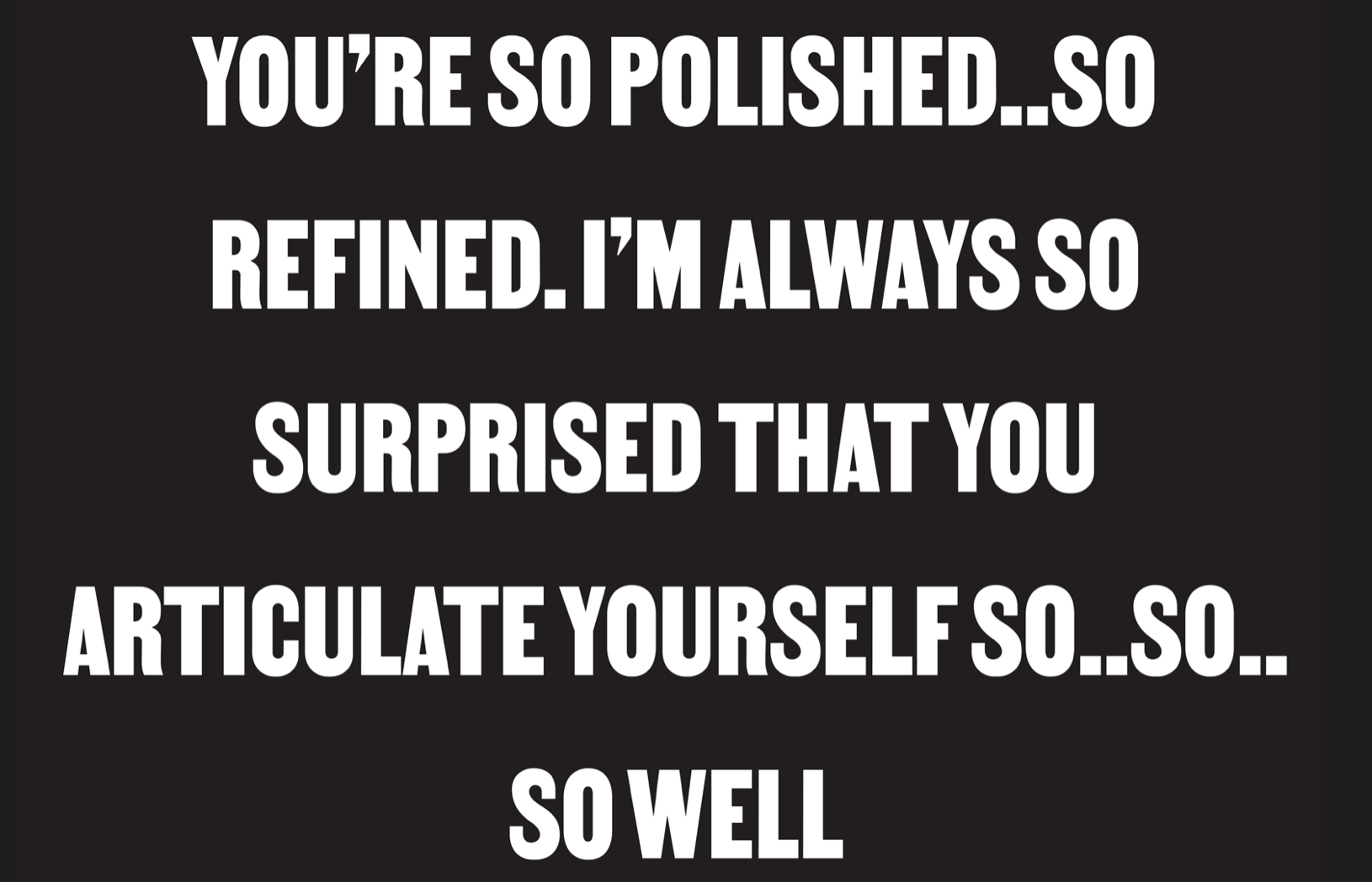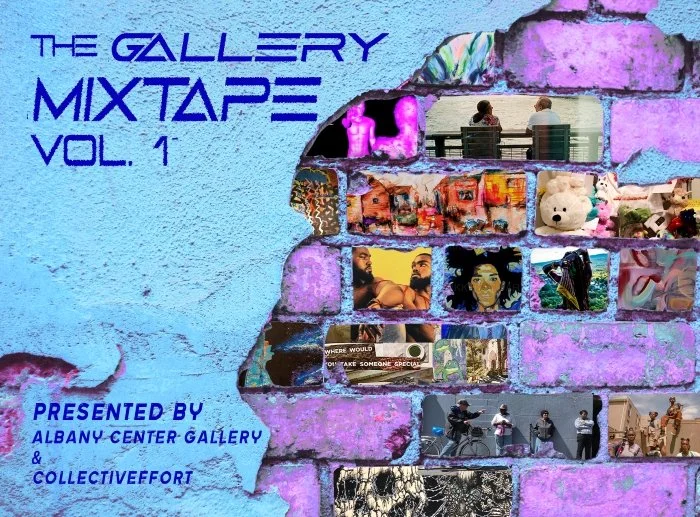Malchijah Hoskins is a senior at Skidmore College majoring in Sociology and minoring in Art, Intergroup Relations, and Media and Film Studies. He has recently gifted the community with his art installation “Forty Lashes of a Silver Tongue,” which is currently on display in the Case Center Gallery, closing Wednesday, December 8th.
Hoskins was able to make the installation possible with the help of Skidmore College’s Black cultural club and organization, Ujima, named after the Swahili word translating to “collective work and responsibility.” They helped by sponsoring the finances of the prints and giving Hoskins the space to do an artist lecture on the work. Thus, on November 16th, Hoskins gave a lecture talking to Ujima club members about his piece, “Forty Lashes of a Silver Tongue,” as well as the influences for the work and how it relates to Black historical traditions.
Hoskins’ artistic endeavors are influenced by Gloria Jean Watkins also known by her pen name, “bell hooks,” an African American author, professor, feminist, and social activist. Particularly, Hoskins says Watkins shapes his “radical imagination” of how he views art. In addition, he communicates that rituals are a crucial element of his artistry. The definition of rituals can be complex and manifest differently for Hoskins. For example, in one of his media projects where he interviewed several people, Hoskins burned incense before he started each interview as this ritual holds sentimental and cultural value for him.
Forty Lashes of a Silver Tongue
Hoskins sees art as a tool for centering “subjugated knowledge,” knowledge of those who have been marginalized and silenced; he claims that he works across disciplines and mediums to encourage consciousness and mass literacy raising. In his artist’s statement, Hoskins explained that his piece “draws upon the conceptual frameworks explored in African American writer, feminist, and civil rights activist, Audre Lorde’s speech ‘The Transformation of Silence into Language and Action.’” Anti-Black stereotypes are coded in the questions or statements in the installation, which, in the words of Hoskins, exemplifies how “domination culture makes home in our language…within those words are those pernicious silences that wound us, but it is at that same site of wounding where we can speak our shared pain and shift our language to liberate.”
Hoskins’ installation features fourteen large digital prints that encourage the viewer to exercise their tongue by reading each phrase offered, as well as move their tongue in the directions of the shapes presented in the adjacent print.
The fourteen digital prints appropriates “The Stations of the Cross,” a series of images originally from the Catholic faith, which connect to Hoskins’ experiences with religion and attending Catholic school from as early as kindergarten. The language of “forty lashes” in the installation’s title is a biblical reference from the scripture, Deuteronomy 25:3, which reads as follows:
“Forty Stripes he may give him and not exceed; lest if he should exceed and beat him above these with many stripes, then thy brother should be despised before thee.”
This scripture has existed in several versions of the bible, contextually discussing themes of mercy and fairness. The scripture states that if the person inflicting the stripes on someone exceeds forty of them, then that person should be “despised.” In his lecture, Hoskins discusses the irony of this quote as he believes it presents an idea that there is a certain amount of tolerable violence until the threshold is reached where someone should be shamed for their violence. It can be seen as quite indicative of American history with its colonization and enslavement of African people, and linking to the oppression of Black people today.
Each print displayed has a Black background; while some are solid black with shapes on them, others boast racialized language that has been perpetuated throughout history and into our modern day.
The first print that sets the precedent for the rest of the pieces contains phrases in bold with the message “Exercise Your Tongue,” which is repeated over eleven times. The phrase is spelled “Exorcise” for ten spellings in black lettering over a black background, while “Exercise” is located once in the center in white lettering over the black background.
Print from “Forty Lashes of a Silver Tongue” installation
The prints that accompany the words are shapes that are irregular and not polygonal. The background looks like some sort of tin foil material, providing a “silver” color. This could be the artist’s intention of referencing a silver tongue. The ones that fill an entire page contain forty shapes, representing forty lashes.
Print from “Forty Lashes of a Silver Tongue” installation
The prints with tongue motions created some confusion for visitors, even for some of Hoskins’ fellow Ujima members. They were curious as if the motions coincided with the exact printed text that was to the left of them. At the November 16th Ujima lecture, Hoskins said the tongue movements are meant to yield “...a realization of how we can go through these rituals without thinking…going through the motions of language and how that in itself is still an investment...the only way to get out is with living with intent and integrity.” Hoskins explained that these motions can be symbolic of the nature of the human condition; humans go through the motions of life, not knowing what harm or violence they may have caused others with their language.
Slurs and stereotypes of Black people are depicted in the last print (not included in this article) in a dark gray hue, making them almost unseen. There are four terms that each match one of the full individual prints seen throughout the exhibit, such as the ones shown above. This portion was also heavily influenced by African American filmmaker, educator, poet, and gay rights activist Marlon Riggs, who produced the film Ethnic Notions, which explores these same stereotypes.
Print from “Forty Lashes of a Silver Tongue” installation
Print from “Forty Lashes of a Silver Tongue” installation
In his lecture, Hoskins expressed several notable themes that exist within this installation, some of which include truth, imagination, subjugated knowledge, essentialism, and controlling images.
Hoskins also voiced that “there are certain ways people expect you to talk about your pain… certain ways that people will want you to perform it [your pain]...” Personal truth is explored in the stories within his work. He explains that whether or not the examples of racialized language have either been experienced directly by him, come from secondhand sources or are amalgamations of events that have occured, truth exists in them. But he says the entire installation is not necessarily about truth or falsity, “...it’s more so about the fact that these images can be conjured in our heads just based on these simple phrases, words, or rituals...ritual is how I believe we get free through living with intent in consciousness.”
Hoskins went on to discuss the theoretical framework of controlling images, a concept pioneered by Patricia Hill Collins, African American academic and Professor, who is highly regarded for her book published in 1990, Black Feminist Thought. She dictates how these images and stereotypes of Black people are more than just theoretical or figurative concepts that exist in a vacuum, but are essentially used to “enforce systems of oppression.”
Visually, Hoskins was inspired by Glenn Ligon, a Black artist who worked with textural archives and personal narratives. There is an element of secrecy conveyed in Ligon’s piece, “Untitled (I Feel Most Colored When I Am Thrown Against A Sharp White Background)” (1992), that enthralled Hoskins. Qualities such as the opacity and coloring that manipulates our eyes in how we experience the piece stimulated Hoskins’ choice of texts and coloring and overall visual presentation.
It is an honor to convey the meanings behind Hoskins’ artwork and publishing it on this platform for the students who may read it; still yet, it is important to recognize the balance present within Hoskins’ descriptions in the exhibit, which are both somewhat explanatory, while also withholding extensive explanation about the content of each print. For one, it gives the viewer the freedom and frankly the responsibility of thinking further about what Hoskins' installation means. If they do not know the deeper intention behind the art, they can research it and try to educate themselves. Black people and other marginalized individuals have for centuries taken on the responsibility of educating those who are ignorant to the injustices or histories of their own peoples; therefore, having art that stands alone without bearing the burden of tutelage is a refreshing necessity.
Check out Malchijah Hoskins’ exhibit in the Case Center Gallery, closing Wednesday, December 8th.
Lastly, Hoskins mentioned another current exhibition that he has participated in outside of Skidmore College. Skidmore students José Nuñez ‘23 and Dorree Ndooki ‘23, and Hoskins were given their own platforms to participate in the gallery show “Mixtape” at Albany Center Gallery in collaboration with Collectiveeffort, a media and marketing agency located in Troy, New York. Hoskins has a multimedia installation project currently in the show Mixtape, called “my back holds what my tongue refuses to speak'' (2021). The gallery can be viewed virtually in 3D.
“The Gallery Mixtape, Vol 1”, Courtesy of Albany Center Gallery




